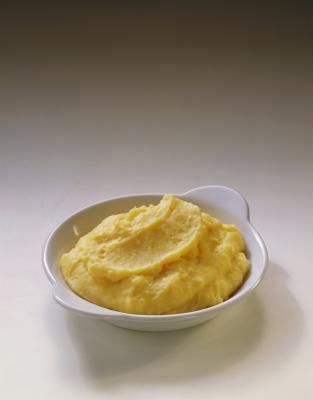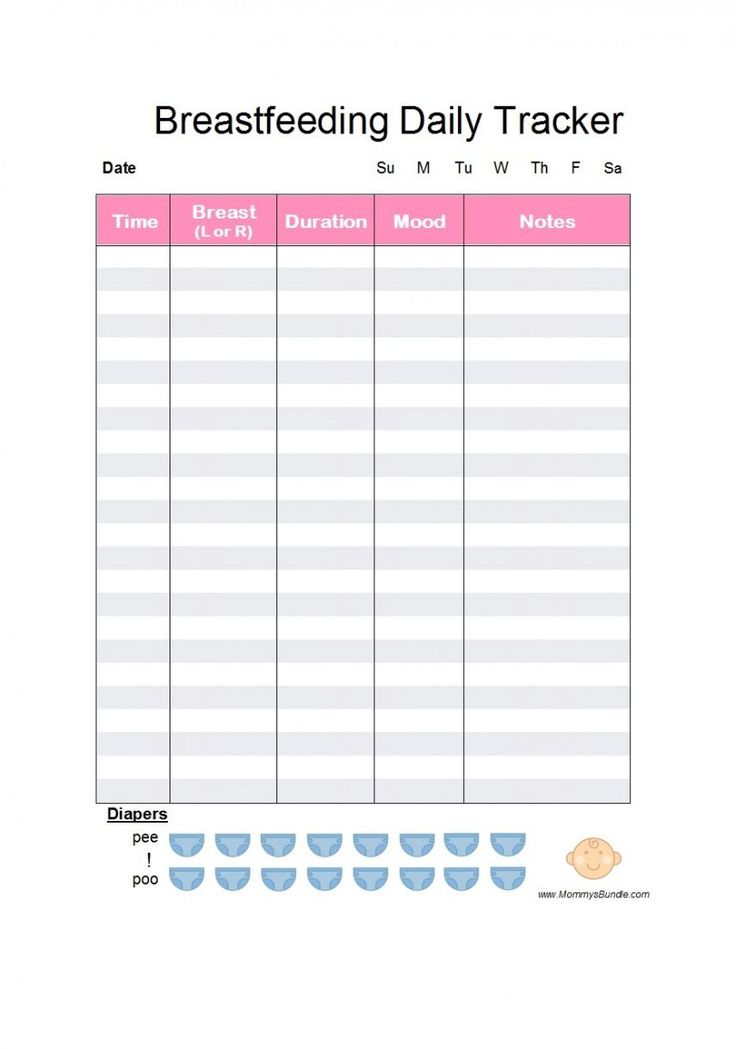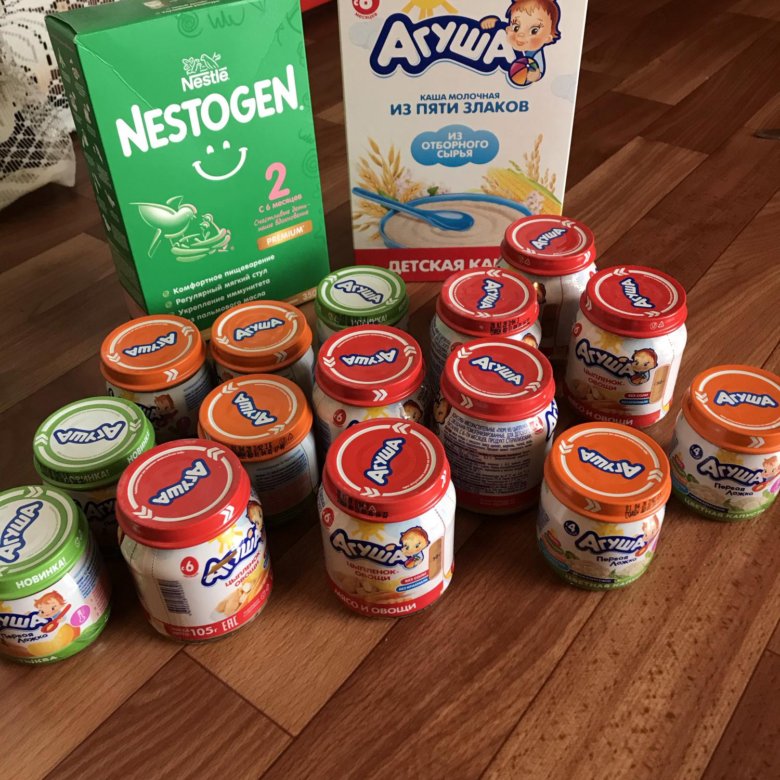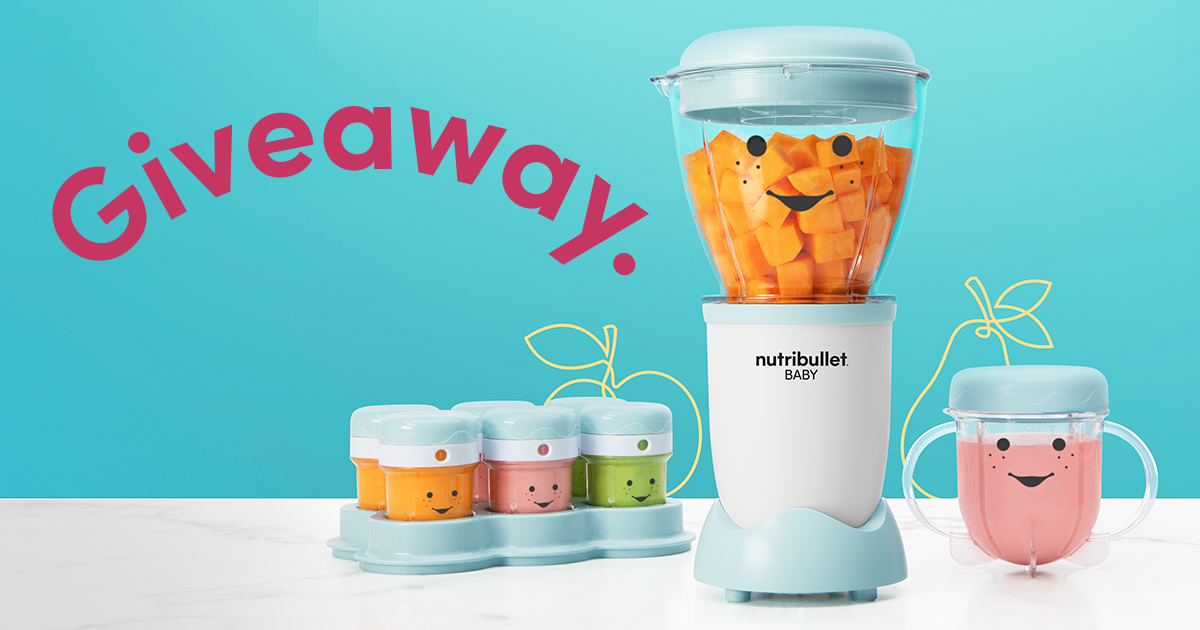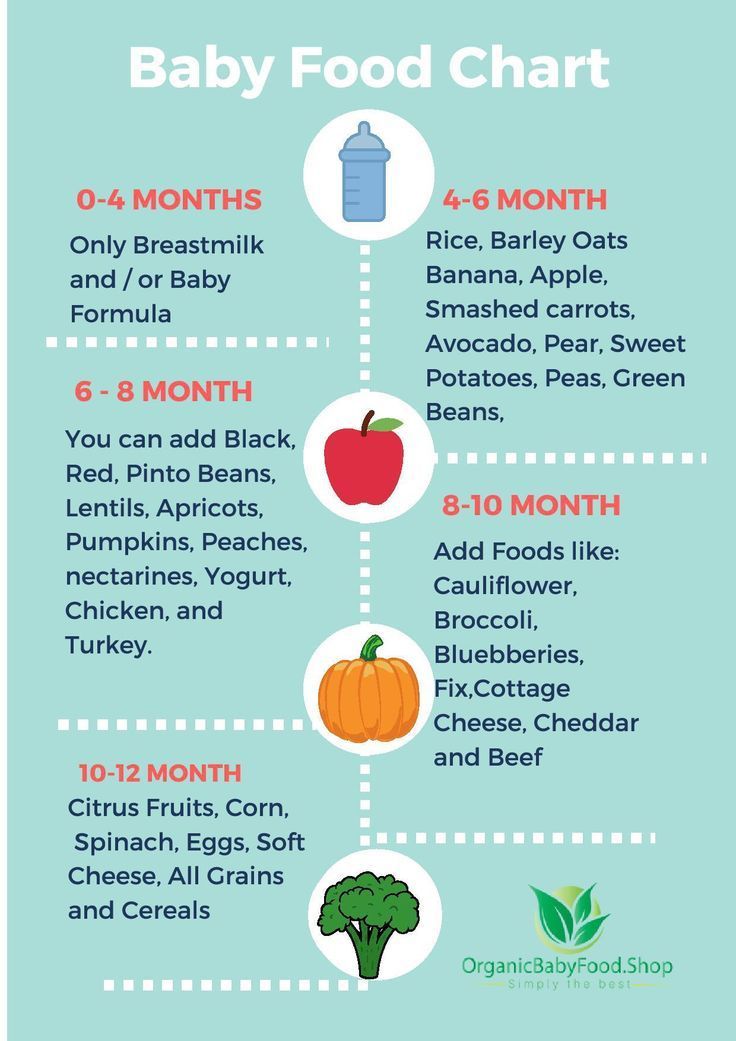Indian food recipes for babies
Baby food recipes - 6 to 18 months
By Swasthi on August 26, 2022, Comments, Jump to Recipe
Baby food recipes – A collection of homemade Indian baby food recipes for 6 10 18 months babies. If you are a new mum, you can check this Baby food chart for 6 months baby. If you have a baby older than 7 months then you can check this Indian baby food chart for 8 months & above. You can also take a look at the best foods to gain weight in babies & toddlers. This post contains a list of all Indian baby food recipes available on this blog.
I have also included a few sample baby food recipes in the recipe card. All the recipes are tried and tested and have been served for both my babies.
If your pediatrician has suggested you to start, then You can start with a single fruit, single veggie and then single grain. For more details please check this post on How to introduce solids to baby.
I highly recommend reading every line of the baby food posts on this blog as they can guide you extensively.
Baby food recipes – babies above 6 months
How to make baby rice cereal
Apple rice
Ragi porridge for babies
Apple Wheat porridge
Apple ragi (try ragi and apple separately first, then try together)
Khichdi for babies
Methi khichdi
Moong dal soup
Carrot almond baby food
Potato rice
Barley baby cereal
Sago carrot kheer for babies
Sabudana kheer for babies
Wheat cereal for babies
Soft idli recipe
Milk oats porridge
How to make ragi flour for babies
Oats porridge with vegetables (blend till smooth)
Sweet potato rice
Apple oats
Babies above 8 months
Sprouts soup
Urad dal khichdi
Raw banana rice
Ven pongal. please mash the rice well and remove the pepper corns. You can also puree it.
Curd rice. Puree if desired, skip tempering.
Curd oats
Moong dal halwa
Ragi idli
Baby food recipes for babies above 11 months
These need to be pureed before serving
Dalia khichdi
Oats vegetable khichdi
Sweet corn soup
Barley soup with vegetables
Chickpeas toddler food
Chickpeas soup (for babies above 15 months)
Badam milk. pls consult your doctor and use buffalo or goat milk, avoid cow’s milk.
Set dosa
Banana milkshake
Lassi (avoid salt and sugar)
Neer dosa
Kambu dosa
Sample Indian baby food recipes
Prep Time10 minutes
Cook Time20 minutes
Total Time30 minutes
Servings2
AuthorSwasthi
Ingredients for 6 months baby food recipes 1 – Any one of the following (refer notes)
- ▢ ½ banana
- ▢ 1 sapota
- ▢ ½ papaya
- ▢ 2 tbsp cooked rice
Ingredients for 7 to 8 months baby food recipes 2 (refer notes)
- ▢ 2 tbsp rice or 2 tbsps ragi or wheat flour
- ▢ 200 ml water
- ▢ 1 small apple or banana
- ▢ 1/8 tsp ghee homemade (refer notes)
Ingredients for 8 months baby food recipes 3
- ▢ 1½ tbsp rice aged rice
- ▢ 1½ tbsp dal (toor or moong dal)
- ▢ 1½ tbsp carrots chopped
- ▢ 200 ml water
- ▢ 1/8 tsp ghee homemade
Ingredients for 8 months baby food recipes 4
- ▢ 2 tbsp rice
- ▢ 1 baby potato or 2 tbsp chopped
- ▢ 1 pinch carom seeds powder (ajwain powder)
- ▢ ¼ tsp ghee homemade
Making 6 months baby food recipes
- ▢
Make sure you follow the 3 day test rule for every food you introduce.
Wait for the results until 4th day.
- ▢
To make the baby food, Mash any one of the fruits – banana, papaya, sapota very well until smooth.
- ▢
If desired add it to a blender and puree until smooth. To thin down add a few spoons of boiled and cooled water. Fruit puree is ready.
- ▢
If using cooked rice, then puree together rice and any of the fruit – (banana, papaya, sapota or steamed apple) along with some boiled and cooled water. Fruit flavored rice is ready.
- ▢
You can also feed only steamed apple. Peel and chop the apples. Bring half cup water to a boil and add the apples to it.
- ▢
Cook until the apples are slightly tender just for a minute or 2. Cool and puree with rice or just the steamed apple. Apple puree is ready.
Making 7 months baby food recipes
- ▢
Wash rice and soak in water for at least 30 mins.
- ▢
Pressure cook on a medium flame for 2 to 3 whistles.
You can also cook in a pot until soft.
- ▢
Apple flavored rice cereal : When the pressure goes down, open the lid and add grated apple. Cover and cook for 2 to 3 mins. Cool and make a smooth puree. If needed add some boiled and cooled water. Add few drops of hot ghee. Apple flavored rice is ready.
- ▢
Banana rice cereal : Cool the rice completely. Add banana and rice to a blender and make a fine puree. Pour few tbsps boiled and cooled water if desired.
Making 8 months baby food recipes
- ▢
Wash rice and dal in a cooker or pot a few times until the water runs clear. Add grated carrots and pour water.
- ▢
Pressure cook for 2 to 3 whistles on a medium heat. If cooking in a pot add more water as needed.
- ▢
When the pressure goes down, using a masher mash the food to smooth. This is the stage you must be teaching you baby to eat mashed foods. Reduce feeding pureed foods. Add ghee to hot food and serve warm.
Rice dal baby food is ready.
Making 8 months baby food recipes
- ▢
Soak rice until water runs clear. Soak for 30 mins and cook along with potato until soft for 3 whistles. Mash the rice well and add ghee. Feed warm. To prevent colic you can add a pinch of ajwain powder. Potato rice is ready.
The nutrition values are only for the banana flavored rice. These are approximations only.
Please follow 3 day wait rule for every food you introduce.
Alternative quantities provided in the recipe card are for 1x only, original recipe.
For best results follow my detailed step-by-step photo instructions and tips above the recipe card.
Nutrition Facts
Baby food recipes
Amount Per Serving
Calories 45
% Daily Value*
Potassium 105mg3%
Carbohydrates 10g3%
Sugar 3g3%
Vitamin C 2. 6mg3%
* Percent Daily Values are based on a 2000 calorie diet.
Tried this recipe?Mention @SwasthisRecipes or tag #swasthisrecipes!
© Swasthi’s Recipes
step by step
About Swasthi
I’m Swasthi Shreekanth, the recipe developer, food photographer & food writer behind Swasthi’s Recipes. My aim is to help you cook great Indian food with my time-tested recipes. After 2 decades of experience in practical Indian cooking I started this blog to help people cook better & more often at home. Whether you are a novice or an experienced cook I am sure Swasthi’s Recipes will assist you to enhance your cooking skills.
Follow Swasthi’s Recipes
Sign up to receive awesome Swasthi’s Recipes in your inbox *
Popular Recipes
Featured Recipes
Baby Dal Khichdi (Lentils for Baby)
Baby Dal Recipe that’s 100% vegetarian, gluten-free and can be made vegan if you choose to. Make creamy, delicious, healthy and nutrient-rich lentil baby food at home for different stages – 0 to 4. The satisfaction & joy of feeding your baby homemade food is immense because it is clean & fresh with no additives. In this post I share how to cook dal or lentils for your baby along with plenty of time-tested tips to easily transition from smooth lentil puree to textured lentils and then to grown-up lentil food like this Dal Fry.
So after reading this post you will know how to introduce lentils to your baby, without being bloated or having any tummy issues.
About Baby Dahl
Lentils known as Dal or dahl is a staple in the Indian homes. Our regular meals include some or the other kind of lentils for almost every meal. But unfortunately your baby cannot eat the lentils you make for the grow-ups for the simple reason, baby dal should be devoid of salt, spices and oil.
So traditionally Indians follow a specific lentil diet for babies and is so much different from the grown-up version. Since babies are born with colic, it is very important to introduce lentils to baby with caution. Else both the mom and the baby end up with sleepless nights as lentils can cause stomach gas and colic.
Traditionally a lot of Indians follow the Ayurvedic diet for the baby food. So all the suggestions in this post are time-tested not only by me for my babies but also by zillion Indian families.
Which Dal to use for Baby
Moong Dal is the most commonly used lentil for babies in North India and Toor dal is most commonly used in South India. A lot of South Indians following the ayurvedic diet also use moong dal. Because Moong dal is considered to be Tri-doshic meaning it can balance any kind of imbalances in the body and improve the health. Moong dal is also considered easy for digestion.
If you are new to identifying the lentils, I have a picture here. Moong dal are known as yellow split and skinned petite lentils or yellow mung dal.
Here is a picture of the toor dal known as split pigeon peas or tuvar dal. Red lentils, chana dal and black dal are not used for babies as a first food because they can easily cause stomach gas.
How to Introduce Dahl to Baby? (Stage 0 to 4)
Please consult your pediatrician before you introduce your baby to solids. The best time to introduce is different across the globe and depends on the region and culture.
Stage 0 Lentil Baby Food: A lot of homes, cook lentils and strain the stock (lentil cooked water). This is cooled and fed to the baby before noon, without adding anything. This works in 2 ways – one is to check if the baby does well with lentils and the second is to get the baby used to the flavor of lentils.
For this a 3 day wait rule is followed to make sure the baby does not have any reaction, colic or indigestion. This is a stage 0 (Zero) lentil baby food and a 6 months old baby will be able to consume only a few teaspoons of this.
Stage 1 Baby Dal (8 Months): Later at this stage, we cook the lentils and rice together for a breakfast or mid-day meal. You can add easily digestible veggies like pumpkin or carrots to make a stage 1 lentil baby food.
At this stage avoid using vegetables that can potentially cause gas like potatoes, cauliflower, broccoli and sweet potatoes. You will also keep the quantity of dal less and rice more. You will mash the food completely or puree in a blender at this stage to get a puree like texture. Add a few drops of Cultured Ghee and not the other.
Note that you should have already introduced ghee, rice and the vegetables individually that you want to add here. Ideally at this stage we use a ratio of 1:4 (dal:rice).
Stage 2 (9 to 10 months) : At stage 2 you will increase the quantity of dal and more veggies. You can also introduce toor dal at this stage if you want. More kind of veggies like , bottle gourd and ridge gourd are also used.
This extra veggies give more texture to the baby lentil food. Also you may include spices like black pepper (during colder days), turmeric (a pinch) and carom seeds powder (ajwain for digestion) at this stage. All these are optional.
Stage 3 (11 to 12 months) : You will only increase the quantity of meal including ghee. Leafy greens life spinach, fenugreek can also be used. A lot of Indian also introduce Rasam and Sambar at this stage (low spiced/heat versions). I would make a no chilli version of these for my babies.
Stage 4 (after 12 months): Is a more textured meal where you will only soft cook the food and leave it to chunks so your baby begins to enjoy the texture of lentils, rice and veggies. At this stage we use 1: 1 ratio of dal and rice
Ways to cook Lentil Baby Food
The easiest way to make dal for your baby is in a pressure cooker – stovetop or electric cooker as this gives you the option to go with hand-free cooking.
In the step by step pictures I have shown how to make it in a cooker. Here is how to cook in a pot without a cooker.
- Soak half cup lentils for at least 1 hour up to overnight, as this helps in cooking them faster.
You are free to skip this but your baby will be able to digest the soaked and cooked lentils easily.
- Rinse the lentils well after soaking and pour 2 cups of fresh water. Bring it to a rolling boil and simmer. Cook uncovered until tender. You will see a lot of froth, remove that with a slotted spoon and discard.
- When the lentils turn tender, Strain the stock and cool it. This gives you stage 0 dahl for your baby.
- To make the baby food for other stages, you simply add the other ingredients as mentioned in the recipe card and cook.
Pro Tips
Never introduce your baby to lentils in the later part of the day. According to Ayurveda, it is believed that digestion is best during the first half of the day (before noon) and it is sluggish in the later part. So we always feed lentils for breakfast or lunch. This clears up the lentils in the tummy by night, before you get your baby to bed.
Avoid introducing any other new food to your baby while you introduce the lentils. The reason being you won’t know which food has caused the trouble (in case).
Also note that it is essential to test every single food for 3 days before you cook a meal with all of them. Go slow!
More baby food recipes,
Sweet Potato Baby Food
Carrot baby food
Indian baby food
Ragi malt
Wheat cereal
How to Cook Dal for Baby (Stepwise photos)
1. Wash rice and dal together at least twice in lot of water. Optionally soak them for at least 30 to 60 minutes with 1 cup water in a small pressure cooker or pot. I use a 3lts pressure cooker.
2. Just before you cook, chop or grate veggies freshly and add to the soaked rice and dal.
3. On a medium heat pressure cook for 2 whistles. If you do not have a cooker, bring the water to a rolling boil and turn down the heat to low. Simmer until the lentils and rice are tender. If you find any froth, discard that with a slotted spoon.
4. When the pressure reduces , open the lid and check. The rice, lentils and veggies must be soft and mushy. While the rice is still hot, mash it to smooth with a spoon or a masher.
5. Add ghee, a pinch of crushed pepper and turmeric if you want. Babies need healthy fat, we use ghee. You can add salt after 1 year.
6. Mix everything well. If the consistency is too thick, pour some boiling hot water. Avoid adding cold water. Serve lentil rice warm. Warm foods digest better.
How to Make Stage 4 Lentil Baby Food
Babies over an year tend to become picky or choosy and love textured foods rather than smooth purees. So you can slowly move to veggies like onion, green peas, cauliflower, carrots, capsicum, methi, palak, beets etc. You can also make this moong dal recipe and serve with plain mashed rice.
1. Soak rice and dal for at least 30 minutes. Heat ghee and saute cumin. Add grated ginger and saute. It will begin to smell good.
2. Add veggies and saute again for 2 minutes.
3. Add rice and dal. Repeat sautéing for 2 mins.
4. Add salt and water as needed.
5. Close the pressure cooker and allow to whistle once or twice depending on the brand.
If desired you can mash it further before serving.
Recipe Card
Prep Time5 minutes
Cook Time20 minutes
Total Time25 minutes
Servings1
AuthorSwasthi
Stage 0
- ▢ ¼ cup moong dal or toor dal
- ▢ 1¼ cup water
Stage 1
- ▢ ¼ tablespoon moong dal (or 1 tablespoon cooked plain dal)
- ▢ 1 tablespoon uncooked rice (or 3 tablespoons cooked rice)
- ▢ ¾ cup water (or as needed)
- ▢ 2 inch carrot or pumpkin
- ▢ 1 drop ghee (optional)
Stage 2
- ▢ 1 tablespoon moong dal (or 3 tablespoon cooked plain dal)
- ▢ 2 tablespoon uncooked rice (or 6 tablespoons cooked rice)
- ▢ 3 inch carrot (3 tbsps chopped) or pumpkin, ridge gourd, bottle gourd
- ▢ 1 cup water (more to adjust)
- ▢ 2 drops ghee (optional)
Stage 3
- ▢ 1½ to 2 tablespoon moong dal or tuvar dal (Refer the introduction)
- ▢ 2 to 2½ tablespoon uncooked rice
- ▢ 1¼ to 1½ cup water (more to adjust)
- ▢ 3 tablespoon carrots , peas, pumpkin, spinach, fenugreek etc
- ▢ ⅛ teaspoon ghee melted
- ▢ 1 pinch turmeric (optional)
- ▢ 1 pinch black pepper (optional)
- ▢ ⅛ teaspoon ajwain powder (optional)
Stage 0 – Lentil baby food
- ▢
Rinse and soak lentils for an hour , up to over night.
Drain and rinse well. Pour fresh water and bring to a rolling boil.
- ▢
Turn down the heat and simmer until the lentils are tender & mushy. Discard any froth that comes to the top while cooking.
- ▢
Strain the lentils and cool completely. Feed a few teaspoons of this stage 0 lentil baby food. You can freeze this stock or refrigerate for 2 days.
Stage 1 to 3
- ▢
Wash and soak rice and dal together for at least 30 to 60 minutes with 1 cup water. Later drain and pour fresh water.
- ▢
Add chopped or grated vegetable to the soaked rice & dal.
- ▢
Pressure cook on medium flame for 2 whistles. To cook in a pot check my step by step photo guide in the post.
- ▢
When the pressure drops, open and mash the rice to smooth while still hot.
- ▢
Add ghee, spice powders and turmeric if you want. (for stages 2 to 3)
- ▢
Mix well, to bring it to right consistency, if needed add very little hot boiling water and mix.
Do not mix cold water it will change the taste of the dal.
- You can also make stage 1 to 4 baby food if you have precooked rice, lentils and vegetables ready separately from other meal. Simply use the quantities mentioned in the ingredient notes and combine them – puree or mash or mix well. But use hot foods and not cold.
- All the recipes are tried and tested for my babies.
Alternative quantities provided in the recipe card are for 1x only, original recipe.
For best results follow my detailed step-by-step photo instructions and tips above the recipe card.
Nutrition Facts
Baby Dal Khichdi (Lentils for Baby)
Amount Per Serving
Calories 159 Calories from Fat 18
% Daily Value*
Fat 2g3%
Saturated Fat 1g6%
Cholesterol 6mg2%
Sodium 48mg2%
Potassium 108mg3%
Carbohydrates 28g9%
Fiber 2g8%
Protein 4g8%
Vitamin A 335IU7%
Vitamin C 6. 8mg8%
Iron 0.9mg5%
* Percent Daily Values are based on a 2000 calorie diet.
Tried this recipe?Mention @SwasthisRecipes or tag #swasthisrecipes!
© Swasthi’s Recipes
Dal Baby Food Recipe first published in August 2014. Updated in August 2022.
7 recipes of Indian cuisine / Traditional dishes for every taste - an article from the "How to cook" section on Food.ru
India: food and tradition
The main gastronomic feature of this country is that most of its inhabitants prefer plant foods. The main part of the population professes Hinduism, where the cow is a sacred animal. Therefore, beef should not be eaten - prison terms may be threatened for this.
Also, a significant part of the inhabitants are Muslims, so pork here is also rarely eaten in food. If we talk about meat, Indians prefer chicken dishes in a variety of sauces, sometimes lamb, and beans, cereals and vegetables form the basis of the diet. Dairy products, and especially dahi yogurt, are considered sacred.
Indians prepare their own paneer, a special homemade cheese that is added to soups and vegetable dishes. Dairy and sour-milk products, thanks to the complex protein casein, provide long-term satiety and mitigate the aggressive effects of spicy foods on the body.
Interesting fact
According to the canons of Ayurveda, traditional Indian medicine, while cooking, it is important to remember that the dish should contain combinations of sweet and sour, spicy and salty. Also, another taste is added to the taste palette - astringent.
Traditional Indian cuisine is rated by nutritionists as one of the healthiest due to its spices and their beneficial effects on the body. However, tourists should be careful with too spicy and spicy food - the digestive system can fail. It is better to try meat dishes, only after making sure that the product is fresh - in a hot climate, the meat quickly deteriorates.
Spices and seasonings
In Indian cuisine, spices, spices and seasonings are of great importance, and not necessarily spicy. The most famous of them is curry, which gives not only a recognizable taste to chicken or rice dishes, but also a very cheerful bright yellow color.
Curry is a mixture of various spices. Here are the main spices that are included in its composition:
-
Cumin;
-
Coriander;
-
Turmeric;
-
Black pepper;
-
Ginger;
-
Chili pepper.
Curry composition may vary. Some spices may be missing, but turmeric in this mixture must be present without fail. Usually, curry is prepared as a sauce or stew. But at the same time there is also a national dish with the same name. It consists of vegetables, legumes or meat, as well as a scattering of a variety of spices.
Interesting fact
In some regions, this dish is served with curry tree leaves, which are also eaten at the end of the meal.
Bread and pastries
The culture of consumption of bakery products in India is different from the European one. Here, the usual yeast bread is replaced by various cakes in the form of thin pita bread, which are baked in a pan or pies. Cakes are made from wholemeal flour with the addition of your favorite spices. They are baked in the form of a large hollow pocket, which is stuffed with vegetable stew or beans. Or simply make them in the form of a crispy round pancake, which is dipped in sauces.
For the holidays Indians fry samosas - these are small triangular patties with various fillings. By the way, the right pie should be without bubbles on the dough.
Sweets and drinks
Indian desserts are made from chickpeas, fruits, nuts, coconut, milk and butter. At the same time, honey is rarely added as a sweetener: it is believed that when heated, it loses its beneficial properties and harms the body.
Traditional treats:
-
Laddu.
Prepared from nuts, spices, coconut and chickpea flour. Small balls are made from the mixture, which are fried in ghee;
-
Burfi. Made from butter and milk, it resembles fudge;
-
Gulab Jamun. Dessert made from semolina and milk, but not ordinary, but dry. The delicacy is fried in oil to a crust;
-
Khir. Rice pudding boiled in cream or very fat milk with the addition of candied fruit or citrus peel, nuts and cinnamon, cloves and cardamom;
It may seem that Indian desserts are reminiscent of familiar oriental sweets. And this is no coincidence, since Indian cuisine, the recipes of which were formed under the influence of two religions, Islam and Hinduism, absorbed the culinary traditions of these cultures. Therefore, in some dishes their oriental prototypes are guessed.
Sweets in India are of high nutritional value. Not a single holiday passes without them - it is a symbol of well-being and prosperity. Going on a visit, Indians always take a bag of sweets with them, as tradition and etiquette require this. Dessert recipes are relatively simple and many of them can be prepared at home.
Drinks are often spoken at home. The most popular are those made on the basis of milk or yogurt. This is a refreshing lassi cocktail that can be similar to salted Turkish ayran or drinking sweet yogurt with fruit. But still, strong black masala tea is beyond competition in India, which is brewed with various fragrant spices and served with milk, which balances the taste of the drink.
Cooking real Indian food at home
You can plan a gastronomic trip to this incredibly interesting country without buying tickets. To try this cuisine, here are 7 step-by-step recipes for colorful and delicious dishes that will help you get an idea of Indian traditional food
1. Creamy Spicy Chicken
A mix of spices and vegetable sauce gives the chicken an unusual flavor, while the creamy sauce softens the spiciness. For a complete immersion in the world of Indian cuisine, serve the dish with long-grain basmati rice, which is so loved by the people of this country. Despite the large number of ingredients, spicy chicken will be ready in just half an hour.
Tip
Substitute coconut cream in the recipe for a healthier and less calorie dish.
2. Fire soup
This Indian lentil stew also contains vegetables seasoned with several spices. Thanks to mustard, a mixture of peppers (including chili), garlic and onions, Rasam soup turns out to be spicy and warming, but at the same time low in calories due to the absence of meat and animal fats. The soup is ready in just over an hour.
3. Coconut Chowder
Great for those who don't eat animal proteins. It contains only vegetables and legumes, so coconut curry is hearty, but at the same time light. Canned chickpeas in the recipe will speed up the cooking process. The density of the sauce can be varied by decreasing or increasing the amount of coconut milk.
4. Side dish or main dish
Regular rice will take on a new flavor when cooked the Indian way. The key to success is thoroughly rinsing the rice to clear water, as well as a good curry mixture. If there are vegetarians in the company or you want to make the dish even healthier, then replace the butter with coconut oil.
Advice
Use basmati rice for cooking, as it remains crumbly when cooked
5. Sweet and sour spicy sauce
In addition to curry, there are many other popular sauces in Indian cuisine, one of these is mango spicy sauce. It can be served with rice, flatbread, fried tofu or salad. A very important condition for preparing this dish is to find a really ripe sweet mango with juicy pulp. The sauce is prepared in just 20 minutes. The whole secret is in the combination of spicy, sweet and spicy. Indians also add lemongrass to the sauce, but you can get by with lime zest.
6. Indian dessert
Even in desserts, Indian cuisine remains true to its traditions: healthy chickpea and dried fruit sweets do not contain animal proteins. But they carry a lot of benefits and contain vitamins and minerals. Moreover, sweets are well absorbed by the body, even despite the high calorie content. They are prepared quickly and simply even in the home kitchen, since all the ingredients are made through a blender. Then balls are made from the resulting mass. The final step is to roll the candies in the cocoa and cinnamon mixture.
7. Mango Shake
Lassi is a healthy smoothie-like cocktail that quenches thirst in the heat and saturates the body at the same time. The drink can be made in just a few minutes, the main thing is to prepare the necessary ingredients in advance: yogurt, cream, herbs and ripe mango.
Advice
Smoothies will become even healthier if you replace sugar with honey.
What can be done?
Prepare a colorful dish from a minimum set of ingredients and immerse yourself in the world of vibrant flavors of national Indian cuisine. Start with simple dishes, like sauces or desserts, and gradually move on to the main Indian dishes. Adjust the spiciness and the amount of seasoning according to your taste.
Find your favorite Indian dish among our recipes:
-
How to make thali the right way. What to serve and what time to eat the national Indian dish
-
Indian rice with pine nuts and raisins
-
Pork chops in curry
Traditional children's dishes from Indian cuisine
Red bean soup
red onion -
1 pc.
Cherry tomatoes —
100 g
Bulgarian pepper —
1 pc.
leek —
1 pc.
stalk of celery —
2 pcs.
carrot -
1 pc.
tomato paste —
1 tsp.
canned red beans —
400 g
vegetable oil
ground sweet paprika
herbs italian
greens
Borscht with turkey
turkey drumstick —
1 pc.
turkey breast —
1 pc.
carrot —
2 pcs.
onion -
2 pcs.
Bay leaf
allspice peas
parsley
White cabbage —
200 g
beet —
700 g
vegetable oil
tomato paste —
2 tbsp. l.
lemon juice
garlic —
3 teeth
freshly ground pepper
Fish soup
pickles
tomato paste
onion
vegetable oil
capers
olives
Ramen
Cherry tomatoes —
5 pcs.
sesame -
1 pinch
egg noodles —
1
champignons —
3 pcs.
Bulgarian pepper —
2 walls
chicken fillet
vegetable oil -
1 st. l.
parsley
egg —
1 pc.
vinegar —
1 tsp.
water —
1 l
miso paste -
1 st. l.
soy sauce —
1 st. l.
Tomato soup with bacon
onion —
1 pc.
vegetable oil
ketchup —
2 tbsp.


